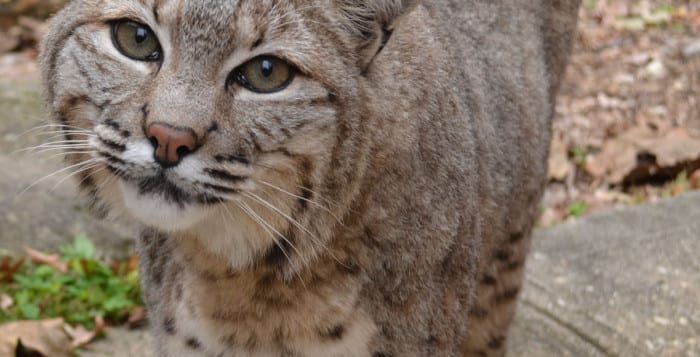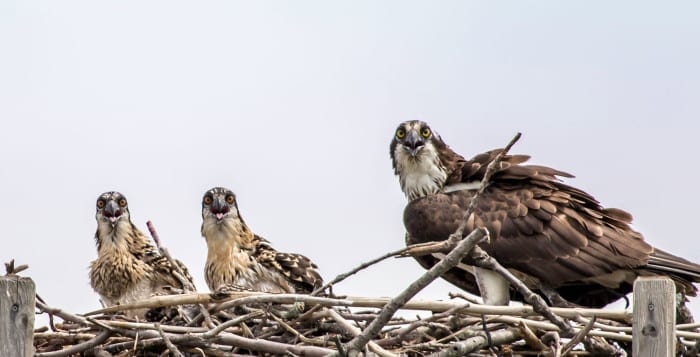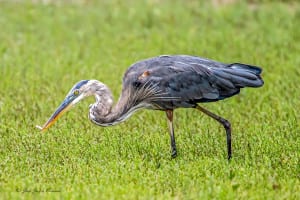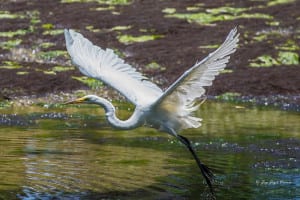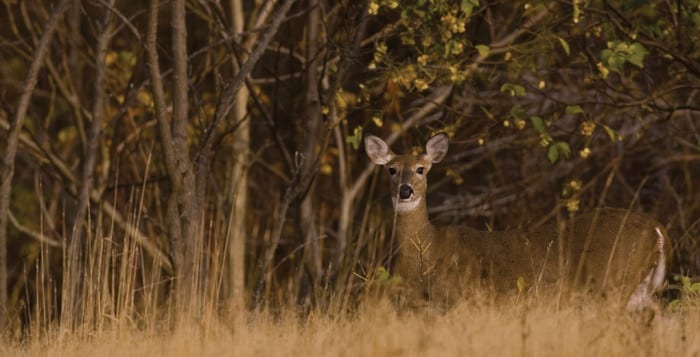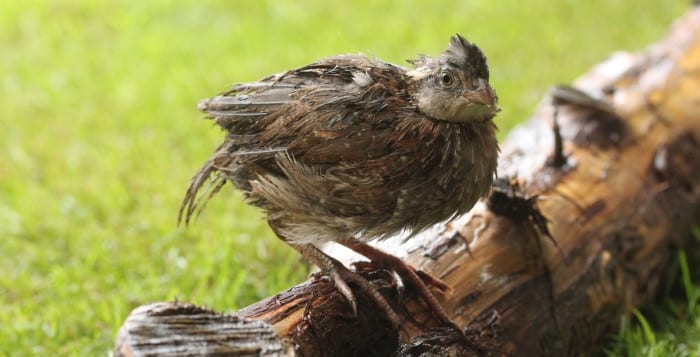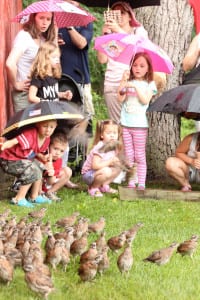Belle Terre residents are up in arms, or ready to take up arms, over a village government proposal to allow bow hunting as a means of reducing the community’s deer population.
The village board of trustees set a public hearing for Sept. 15 to consider a law amendment that would allow the hunting, a notion that has split the community, with some calling for more “humane” approaches to the issue.
The deer population, in the absence of predators, has increased such that “people are having multiple deer sleeping on their lawns at night and eating all their vegetation,” and making driving in the area more treacherous, Trustee Bob Sandak said in a phone interview this week. “We’ve had an outcry from the population to please do something.”
According to the New York State Department of Environmental Conservation, which manages the state’s deer, the Long Island deer population has been steadily increasing since the 1980s. It calls hunting, or culling deer “still the most efficient and cost-effective way to stabilize or reduce deer populations and alleviate associated damages to private property and natural resources.”
But calling bow hunting “a very cruel way to kill,” resident Natalie Brett said she worried an injured deer would wander into her yard and die.
Brett said she has noticed the deer population increase and the animals eat her plants, but “I don’t have a problem; I just go with it.”
She said she wants to see a more “humane” approach to the deer, using sterilization to prevent breeding, tick control to prevent Lyme disease, or stop signs to slow down traffic in deer crossing areas.
But her main concern is whether allowing bow hunting will “open the door” to other types of hunting in a residential area.
“I didn’t move to a state hunting ground and put up a sign, ‘You shouldn’t hunt,’” Brett said in a phone interview. “I don’t want my neighbor, if he’s 150 feet from my house, having a hunter come in.”
Sandak said any Belle Terre bow hunting would be subject to the same state regulations as in any other community. Among those regulations are minimum distances from homes where hunting can take place, ruling out smaller properties. Sandak estimated a property would have to be three acres or more to legally support bow hunting.
The DEC said fertility control is not as effective as hunting in managing deer populations and does not “quickly reduce deer-human conflicts.” And Sandak said he would not necessarily count sterilization as a more humane method, as it puts deer under “unnatural stress” and could leave the animal open to infection.
It is also costly to pay for anesthetic and a marksman to hit the deer, and “doesn’t reduce the size of the herd because you’re not taking any of the herd away, as hunting would do,” the village trustee said.
Dori Scofield, founder of Save-A-Pet Animal Rescue and Adoption Center in Port Jefferson Station, confirmed that sterilization is a costly and tricky method that unnaturally stresses out the deer, but she also said she has at least six veterinarians who would donate time to sterilize deer, and the village is small enough to monitor such a program.
Scofield, a Stony Brook resident, also said in an email that having fewer deer would not reduce Lyme disease cases, as other animals like mice and raccoons also carry ticks. Furthermore, killing deer would not necessarily reduce that population, because it would leave more food for deer from neighboring areas to move in and motivate them to procreate.
“Ideally I would like them to leave the deer be,” Scofield said. “We need to protect the animals in our towns.”
Belle Terre is not the only area considering deer hunting as a means to control the population. The Town of Huntington is mulling a similar proposal for parts of Eaton’s Neck and Asharoken, and residents there are equally split.
Scofield said people who move to a wooded area should expect wildlife.
“I have deer in Stony Brook and, yes, they eat my shrubs and I sip my tea and watch them,” she said. “Then I feed them some horse feed and we all go about our day.”
Sandak said he is leaning toward allowing bow hunting in the village because “I don’t have strong feelings against it” and he wants to vote for what the majority of the community wants.
The Sept. 15 public hearing on the amendment to Belle Terre’s code chapter on hunting and firearms starts at 8 p.m. in the Belle Terre Community Center on Cliff Road.
“I would like everyone to come to the public meeting and express themselves,” Sandak said.







